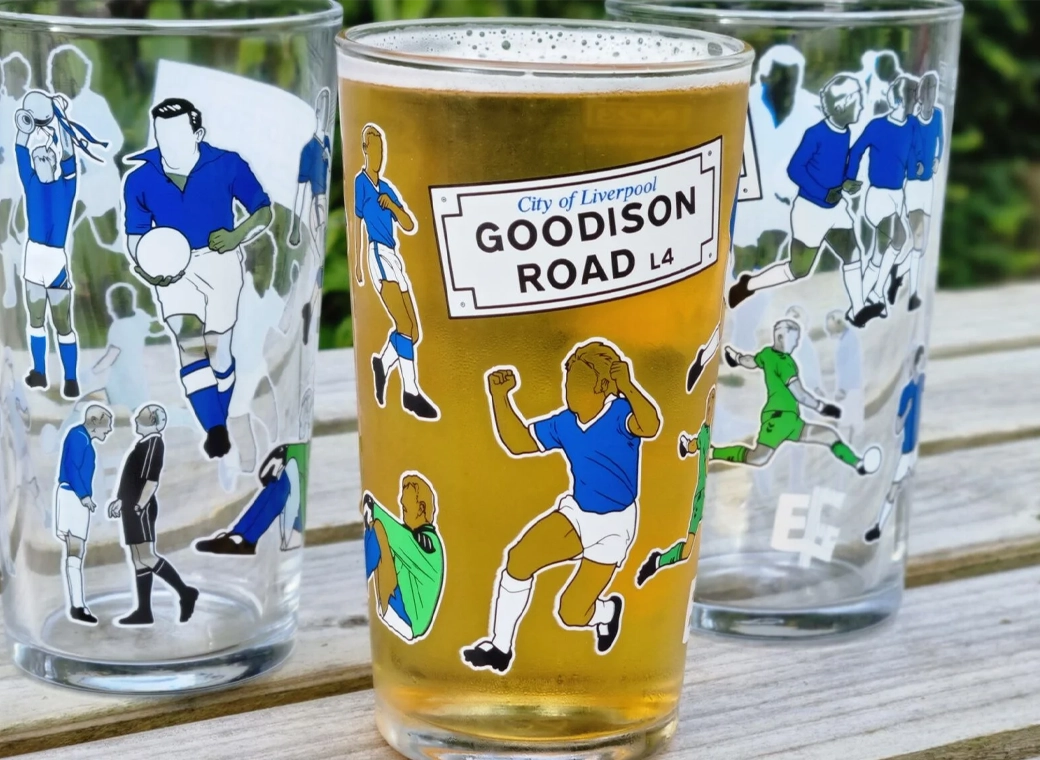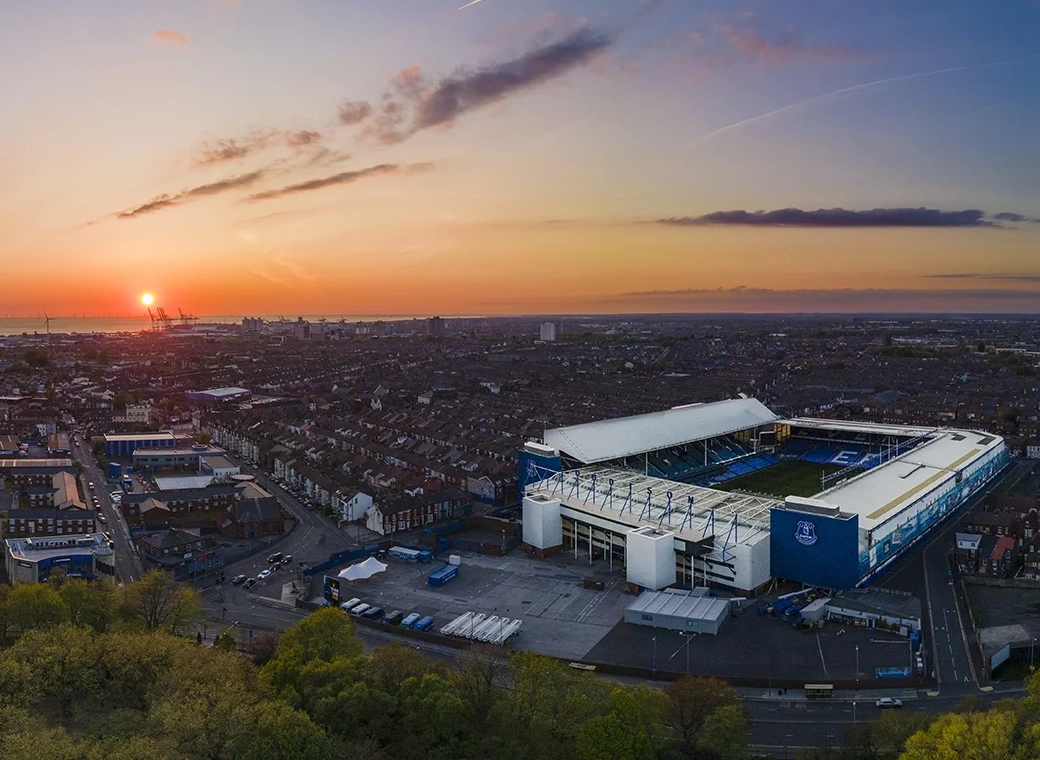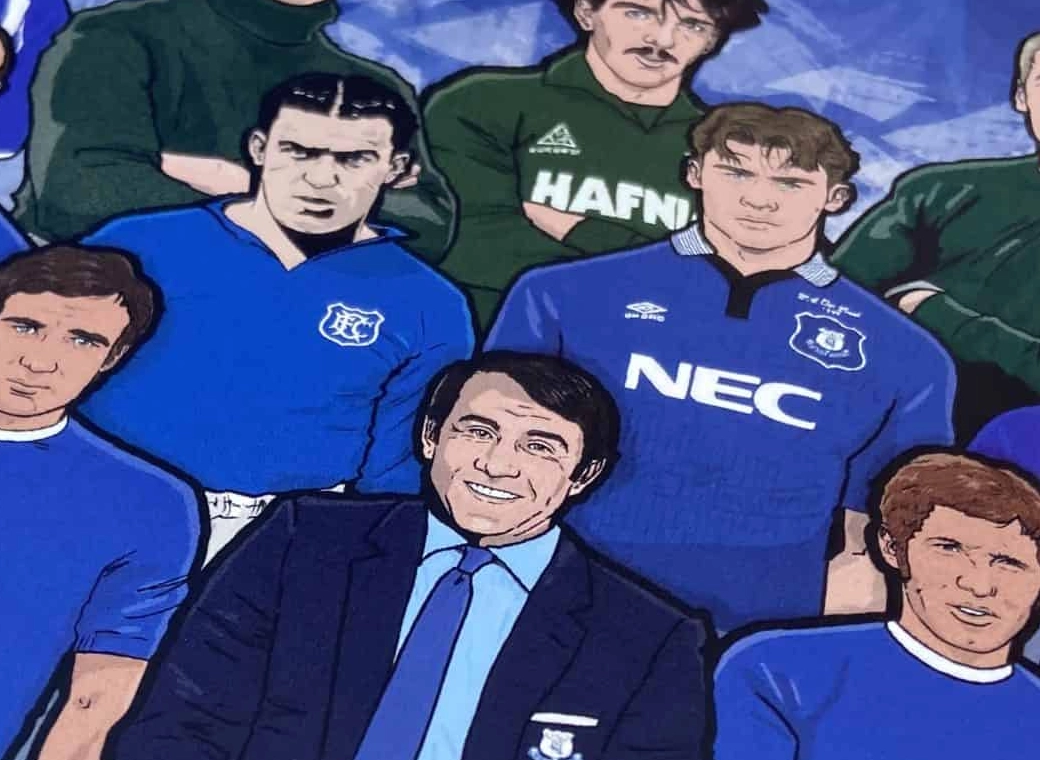Problem is (and you're not alone in this, loads of people do it) is that you seem to be determining whether it was a good tackle or not based on your own personal opinion rather than how the ref has to decide : by the laws of the game.
And laws state :
A direct free kick is awarded when a player commits any of the following in a manner considered by the referee to be careless, reckless or using excessive force:
- Kicks or attempts to kick an opponent
- Trips or attempts to trip an opponent
- Jumps at an opponent
- Charges an opponent
- Strikes or attempts to strike an opponent
- Pushes an opponent
- Tackles an opponent
And that a yellow card is shown when :
A yellow card is shown by the referee to indicate that a player has been officially cautioned.[1]:38 The player's details are then recorded by the referee in a small notebook; hence a caution is also known as a "booking". A player who has been cautioned may continue playing in the game; however, a player who receives a second caution in a match is sent off (shown the yellow card again, and then a red card). Law 12 of the Laws of the Game (which are set by the International Football Association Board and used by FIFA) lists the types of offences and misconduct that may result in a caution. It also states that "only a player, substitute or substituted player" can be cautioned. A player is cautioned and shown a yellow card if he/she commits any of the following offences:
- Unsporting behaviour
- Dissent by word or action
- Persistent infringement of the Laws of the Game
- Delaying the restart of play
- Failure to respect the required distance when play is restarted with a corner kick, throw-in or free kick
- Entering or re-entering the field of play without the referee's permission
- Deliberately leaving the field of play without the referee's permission
What constitutes cautionable unsporting behaviour is generally at the referee's discretion, though the Interpretation and Guidelines which accompany the Laws list a number of examples.[1]:123 These include simulation intended to deceive the referee, or attempting to score by handling the ball. Fouls which are committed recklessly or fouls which are committed with the intention of breaking up a promising attack are also considered unsporting behaviour and punishable with a yellow card. Fouls which are committed with excessive force, however, or which deny an obvious goalscoring opportunity for the player fouled (i.e. a professional foul), are punishable by a red card.
So when attempting to tackle Aguero, Schneiderlin played the ball from Aguero's right with his right foot, but his left foot caught Aguero's ankle and tripped him up. The referee then had to decide whether it was just a foul for tackling an opponent in a careless manner, or if it was a foul and a yellow for tackling an opponent in a reckless manner.
And going by how Schneiderlin lunged in and tripped a player on his right side with his trailing left leg it could easily be said to be reckless, thus the yellow card was correct, thus producing a red.
Obviously it's just easier for people to say the ref is crap because they didn't agree with the laws rather than accept the ref took action under the laws as they are written, which is his job.
You even admitted it was reckless so under the laws of the game it had to be a yellow card. Fair enough if you think the laws are wrong, but they are what they are and as per normal in these situations, winning the ball does not mean it's not a foul.









